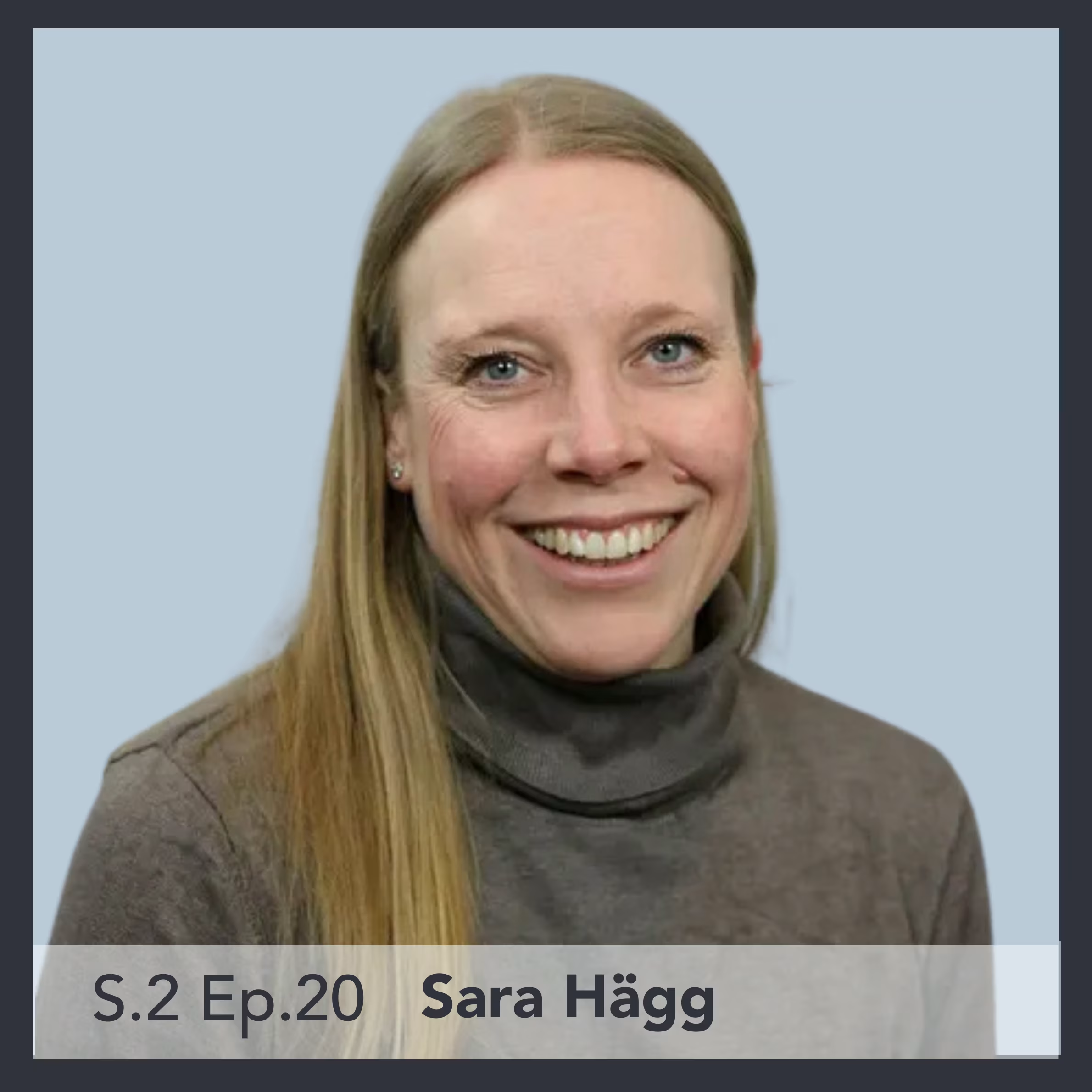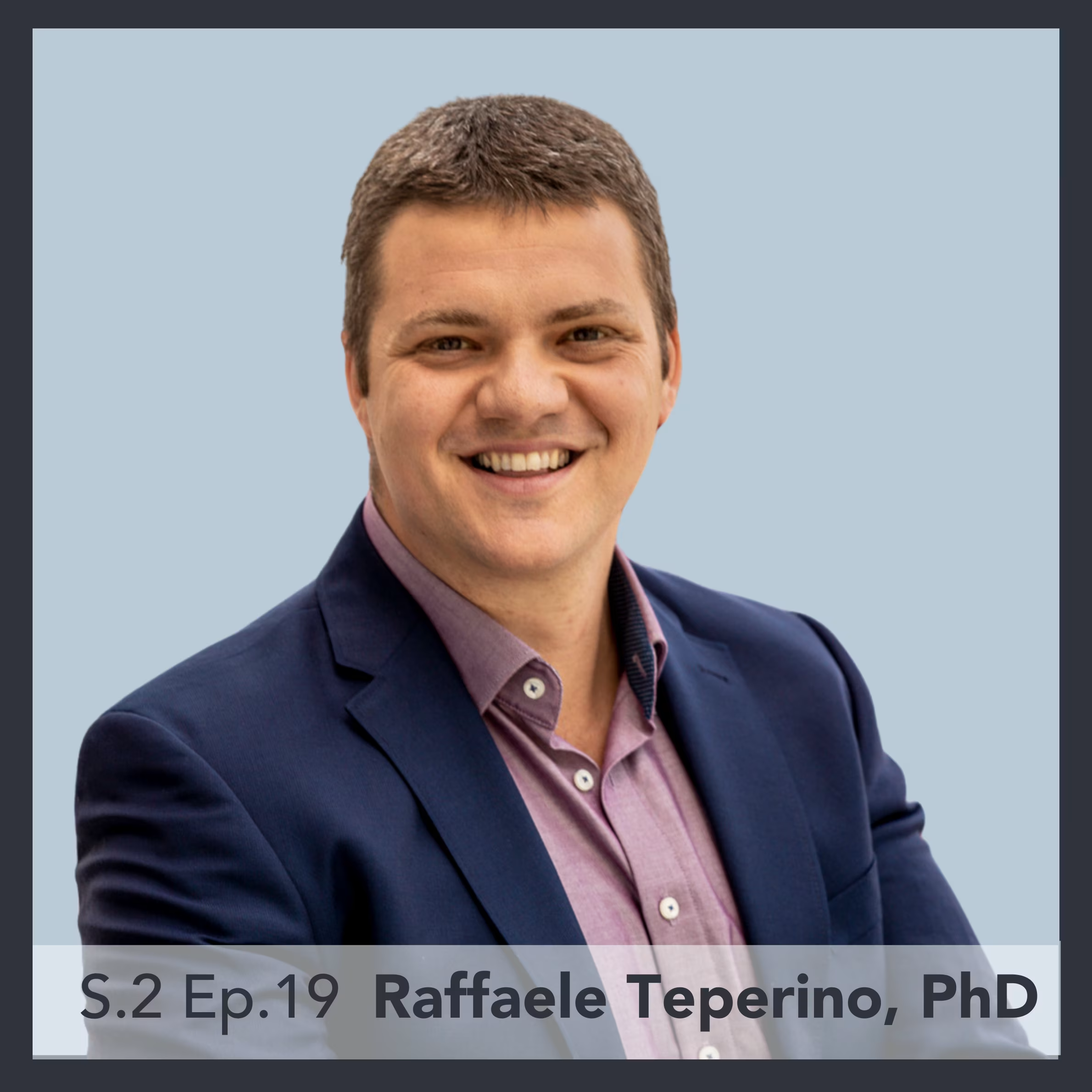
According to Dr. Daniel Belsky at Columbia University, there are three limitations of epigenetic biological age clocks:
- Mortality selection
Essentially, biological age measures may underestimate true aging because older participants represent slower agers.
- Cohort Effects
Biological age measures may overestimate true aging because older participants carry an excess burden of early-life exposure to environmental toxicants, pathogens, poor nutrition, smoking, etc.
- Uncertain Timing
Biological age measures summarize total aging over the lifespan and cannot distinguish differences established early in development from ongoing processes of aging. As a result, biological clocks may have lower sensitivity to effects of intervention.
So, you’re probably wondering, how do we account for these limitations?
Dr. Belsky and his team have created a tool that enhances the precision of measuring the rate of biological aging. Their work involved observing the health outcomes of 954 participants across four different age groups spanning from the mid-20s to the mid-40s. The researchers examined biomarkers believed to indicate how well various organs are functioning, as well as others linked to general health. Using this data, they devised an epigenetic “speedometer” to forecast how these values would change over time.
This tool is called the DunedinPACE.
As you may already know, the DunedinPACE measures how fast you are aging biologically for every one chronological year. If you need an introduction to DunedinPACE, check out my episode with Dr. Terrie Moffitt HERE.
In this week’s Everything Epigenetics podcast, Dan Belsky and I take a deeper dive into why Biological Age is limited and how DunedinPACE overcomes these limitations. Dr. Belsky speaks with me about a geroscience model of aging-related burden of disease, DunedinPACE test-retest reliability, and why the DunedinPACE indicates a faster pace of aging in individuals with older chronological and biological age.
We also discuss the effect of long-term caloric restriction on DNA methylation measures of biological aging in healthy adults from the CALERIE trial.
The DunedinPACE is a new tool for geoscience to investigate etiology in epidemiological studies and to evaluate the treatment effects of randomized controlled trials.
Dr. Belsky continues to validate the DunedinPACE in other populations around the world.
In this podcast you’ll learn about:
– Dan Belsky’s unusual journey into aging science
– How to measure aging in younger people
– A geroscience model of aging-related burden of disease
– Why it’s important to have such model
– Clinical trials which increase healthspan in animal models
– Limitations of current biological age clocks
– Mortality selection/survival bias
– Cohort effects
– Variation in biological age clocks
– The retention rate of the Dunedin study
– The fifth round measurement of the Dunedin cohort
– The range of DunedinPACE (0.6 – 1.4)
– Why we see the DunedinPACE accelerated at older chronological ages
– The CALERIE RCT
– The value of DunedinPACE
– Dr. Belsky’s focus on public health approaches to promote healthy longevity
Dr. Belsky’s research sits at the intersection of public health, population & behavioral sciences, and genomics. His studies seek to understand how genes and environments combine to shape health across the life course. The goal of Dan’s work is to reduce social inequalities in aging outcomes in the US and elsewhere.
Dan’s research in genetic epidemiology includes polygenic score studies of the development of obesity, asthma, smoking behavior, depression, and socioeconomic risk. His work in aging has focused on the development and analysis of algorithms to quantify the process of biological aging, especially in young and midlife adults. Dan’s work has received international attention, including by the Wall Street Journal, Washington Post, and Guardian newspapers, and appeared in outlets including PNAS, Nature Human Behaviour, the JAMA journals, Lancet Respiratory Medicine, and top journals in epidemiology and gerontology.
Dan is currently pursuing three related streams of research: (i) Development of methods to quantify processes of biological aging in young and midlife humans; (ii) Analysis of longitudinal cohort study and randomized trial data to identify molecular and behavioral pathways to resilience through which at-risk individuals can slow their pace of aging; and (iii) Analysis of gene-environment interplay to identify environmental factors that can be modified to reduce genetic risk for age-related disease and functional decline.
Belsky recently developed a novel DNA methylation measure test to quantify the pace of biological aging from a single-time-point blood test in collaboration with the Moffitt-Caspit Lab at Duke University.
About this guest
Dan Belsky’s profile at Columbia University: https://www.publichealth.columbia.edu/profile/daniel-belsky-phd
The Belsky Lab: https://www.belskylab.com/about
DunedinPACE study: https://elifesciences.org/articles/73420
CALERIE RCT: https://www.nature.com/articles/s43587-022-00357-y




